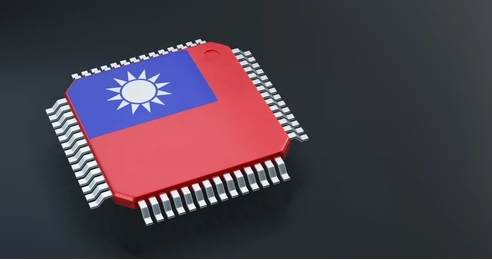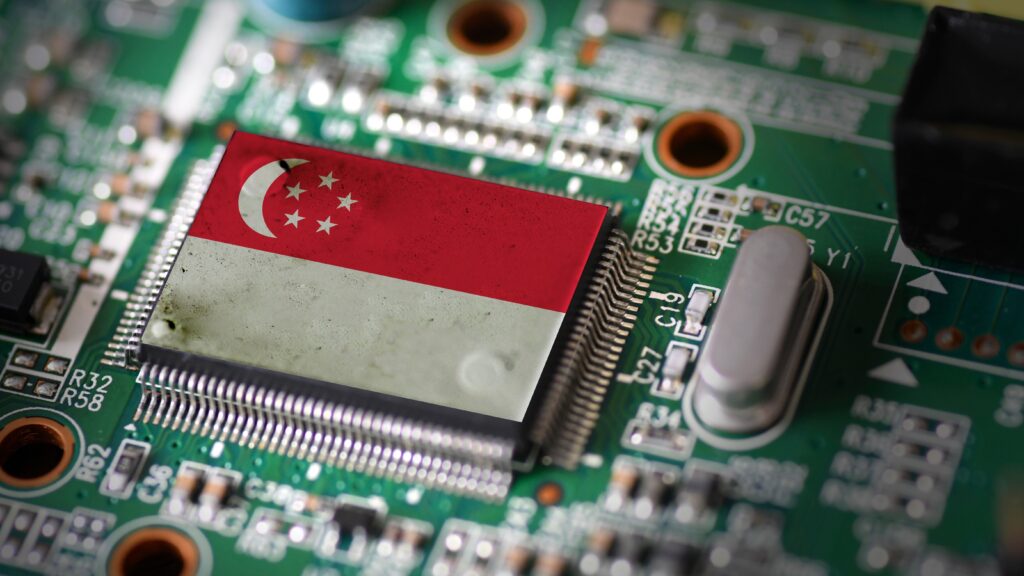If you’re eager to know everything about semiconductors—what powers your phone, your car, and even your favorite gadgets—you’ve landed in the right place! Today, let’s explore how the top 10 countries are shaping the global semiconductor industry in 2025 and what makes each one stand out.
Top 10 semiconductor countries 2026 are shaping the future of the global technology market. These nations lead in semiconductor production, innovation, and research, driving advancements in computing, AI, and electronics worldwide. In this article, we reveal which countries dominate the semiconductor industry, highlighting their production capacities, market share, and technological strengths. From the United States and Taiwan to South Korea and China, these countries are the leaders in semiconductor manufacturing and innovation. Whether you’re a tech enthusiast, investor, or industry professional, understanding the top 10 semiconductor countries 2026 helps you stay informed about global trends and opportunities. Explore detailed insights, rankings, and statistics to see which nations are shaping the semiconductor landscape now and in the coming years.

Why Semiconductors Matter
Semiconductor chips are the brains behind modern technology, making everything smarter—your smartphone, your car’s dashboard, even defense equipment. In 2025, the competition to lead this trillion-dollar industry is fierce. Let’s dive in and see who’s setting the pace.
Top 10 semiconductor countries 2026
| Rank | Country | Notable Strengths |
| 1 | Taiwan | Advanced foundries, TSMC leadership |
| 2 | United States | Design innovation, fab investment |
| 3 | South Korea | Memory chip production |
| 4 | China | Rapid capacity growth |
| 5 | Japan | Precision equipment, materials |
| 6 | Netherlands | Lithography technology |
| 7 | Germany | Automotive and power chips |
| 8 | Singapore | High-tech manufacturing hub |
| 9 | United Kingdom | Specialized chips, R&D |
| 10 | India | IndiaEmerging innovation, government backing |
Let’s look at what sets each country apart.
1. Taiwan – Global Chip King
Taiwan leads the world in semiconductor manufacturing, producing about 60% of global chips thanks to TSMC. Their factories make the most advanced 5 nm and even 3 nm chips—these are the tiny engines inside the latest AI tools, smartphones, and supercomputers. Taiwan’s commitment to R&D and a skilled engineering workforce keeps it at the top of the chip game.

2. United States – Design Innovation & New Fabs
America is famous for chip design with household names like Intel, NVIDIA, AMD, and Qualcomm. Powered by strong public investment like the CHIPS Act, new factories (fabs) are springing up across the country. The US focuses on designing high-performance chips and building a secure, resilient supply chain, accounting for about 10% of global manufacturing output but a far higher share of design innovation.

3. South Korea – Memory Chip Powerhouse
South Korea, home to Samsung and SK Hynix, rules the memory chip market—think DRAM and NAND chips used in phones and data centers. Together, they supply more than 30% of the world’s memory chips. Their advanced technology, especially in chips below 7 nm, is essential for fast, reliable tech everywhere.

4. China – Capacity Growth & Self-Sufficiency
China’s semiconductor industry is booming. With colossal investments and “Made in China 2025” policies, firms like SMIC are scaling up fast. China now claims about 15% of the global chip market, focusing on building domestic supply chains and advanced chip technologies for electronics, EVs, and AI.

5. Japan – Materials & Equipment Specialist
Japan is the unsung hero, supplying the world with critical chip-making materials and ultra-precise manufacturing equipment. Companies like Tokyo Electron and Renesas make everything from specialty chips to advanced lithography machines. Without Japan’s expertise, global chip production would face major obstacles.

6. Netherlands – Lithography Powerhouse
The Netherlands isn’t the biggest chip producer, but it holds the position of gatekeeper thanks to ASML. This Dutch giant is the only company in the world capable of making extreme ultraviolet (EUV) lithography machines—the gear needed for today’s most advanced chips. If you want to build the world’s fastest chips, you can’t do it without Dutch tech.

7. Germany – Automotive & Power Chip Chief
Germany stands out for its expertise in automotive and industrial chips, with companies like Infineon and Bosch. Its focus on high-reliability components is vital for electric vehicles and renewable energy tech. The German semiconductor ecosystem supports the nation’s strong car and engineering industries, making it a key global supplier.

8. Singapore – High-Tech Manufacturing Hub
Singapore is a global hub for high-precision, high-tech semiconductor manufacturing. With its efficient infrastructure and strong government support, Singapore attracts major investments from chipmakers worldwide. Its plants supply integrated circuits for everything from mobile phones to healthcare devices.

9. United Kingdom – Niche R&D Leader
The UK specializes in chip architecture design—think Arm Holdings, whose chip blueprints are used in billions of mobile, IoT, and AI devices worldwide. While the UK’s manufacturing share is small, its R&D leadership has global impact, powering tech innovations far beyond its borders.

10. India – The Rising Contender
India is an emerging player to watch, driven by strong government initiatives and investments from major global chipmakers. The country is building new fabs, designing home-grown chips, and training a tech-savvy workforce. India’s growing expertise in semiconductor design promises to reshape the global supply chain in the coming years.

Semiconductors are the heart of our digital world. These ten countries are leading the way in making, designing, and innovating the chips that run the future. From Taiwan’s advanced foundries to India’s rising ambitions, each plays a vital role in meeting today’s—and tomorrow’s—technology needs.
Want to stay ahead in semiconductors? Keep following, and you’ll always know which country is powering the next tech revolution!
FAQ
1. What is a semiconductor and why is it important?
2. Which country produces the most semiconductors in 2025?
Taiwan is the leading country for semiconductor manufacturing, followed by the United States and South Korea.
3. Why are semiconductors so critical to technology?
Semiconductors are at the heart of modern electronics, enabling everything from data processing to wireless communication and artificial intelligence.
4. What causes global semiconductor shortages?
Shortages can result from unexpected demand increases, factory disruptions, or supply chain issues—making semiconductors a global focus for governments and industry leaders.
5. How are semiconductors made?
Semiconductors are made in high-tech factories called fabs, where silicon wafers are processed through complex steps like doping, etching, and layering to create integrated circuits.
6. What is the difference between a semiconductor, conductor, and insulator?
A semiconductor conducts electricity under certain conditions, while a conductor (like copper) always conducts, and an insulator (like glass) almost never conducts electricity.
7. Why are countries investing so much in semiconductor production?
Being able to produce semiconductors ensures access to crucial technology, strengthens economic growth, and supports national security and innovation.
8. What are wafers in semiconductor manufacturing?
Wafers are thin slices of semiconductor material (usually silicon) that form the base for chips. They go through multiple processing steps to become complex electronic components.
9. Is the US bringing back more semiconductor manufacturing?
Yes, the US is investing in new chip fabrication plants through government incentives like the CHIPS Act to strengthen its supply chain and promote innovation.
10. What is Moore’s Law, and how does it relate to semiconductors?
Moore’s Law predicts the number of transistors on a chip will double every two years, boosting performance and driving industry innovation. Although progress has slowed, engineers are still finding new ways to advance chip technology.

Nice Explanation 👍
Good information